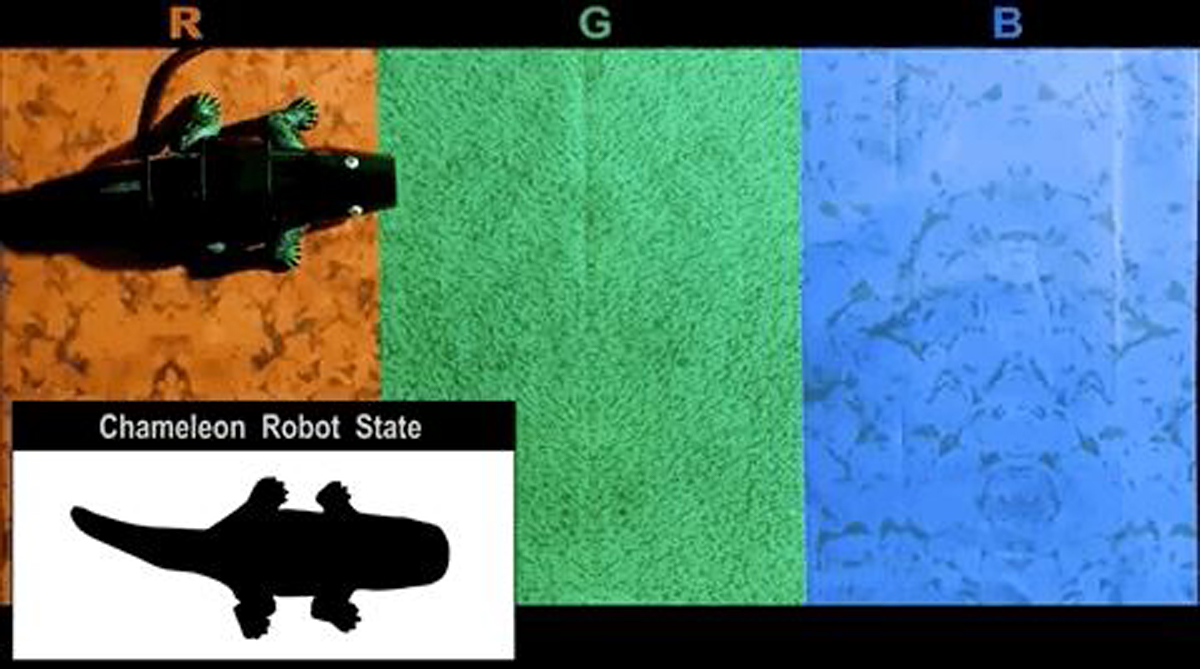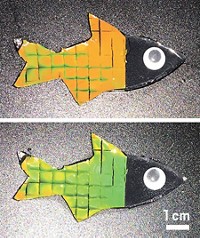Advertisement
Grab your lab coat. Let's get started
Welcome!
Welcome!
Create an account below to get 6 C&EN articles per month, receive newsletters and more - all free.
It seems this is your first time logging in online. Please enter the following information to continue.
As an ACS member you automatically get access to this site. All we need is few more details to create your reading experience.
Not you? Sign in with a different account.
Not you? Sign in with a different account.
ERROR 1
ERROR 1
ERROR 2
ERROR 2
ERROR 2
ERROR 2
ERROR 2
Password and Confirm password must match.
If you have an ACS member number, please enter it here so we can link this account to your membership. (optional)
ERROR 2
ACS values your privacy. By submitting your information, you are gaining access to C&EN and subscribing to our weekly newsletter. We use the information you provide to make your reading experience better, and we will never sell your data to third party members.
Materials
Synthetic melanin makes color-changing skin
Humidity-driven hue shifting is fast and reversible
by Matt Davenport
August 21, 2016
| A version of this story appeared in
Volume 94, Issue 33
An artificial skin made with synthetic melanin nanoparticles would make chameleons green with envy were the lizards capable of such a petty emotion. The synthetic skin changes color faster than a chameleon’s, provided the humidity of the air surrounding the engineered film changes quickly enough (Chem. Mater. 2016, DOI: 10.1021/acs.chemmater.6b02127). Although the skin can switch its hue quicker than chameleons and other color-changers in nature, it was actually inspired by them, say the skin’s developers, led by Ali Dhinojwala of the University of Akron; Nathan C. Gianneschi of the University of California, San Diego; and Matthew D. Shawkey of the University of Ghent. Iridescent bird feathers, such as those found on tree swallows, reversibly change color with changes in humidity. Scientists believe this is a result of the swelling or shrinking of feather fibers as they take on or lose moisture, respectively. The artificial skin works faster but in much the same way, with stacks of nanoparticles made from polydopamine, a synthetic melanin, playing the role of the keratin structures. Films of the nanoparticles could therefore provide the basis for rapid and easy-to-read humidity sensors, the researchers say.




Join the conversation
Contact the reporter
Submit a Letter to the Editor for publication
Engage with us on Twitter